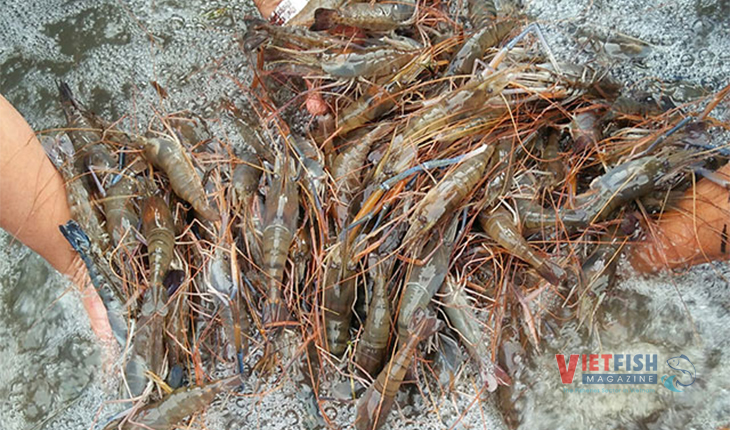Vietnamese seafood poised for growth despite new U.S. tariffs
The latest U.S. trade policies affecting China, Canada, and Mexico bring both opportunities and challenges for Vietnam’s seafood industry, particularly in the Chinese and Canadian markets.
According to the Vietnam Association of Seafood Exporters and Producers (VASEP), Vietnam is among the top four countries that could be impacted by new trade measures under President Donald Trump’s administration. However, it’s still unclear whether Vietnamese seafood will face new tariffs or when they might take effect, as this depends on various factors. Despite the uncertainty, Vietnam’s seafood sector still has room to grow its market share.

President of the USA, Donald Trump
The ongoing U.S.-China trade tensions could push American seafood buyers to look for alternative suppliers, with Vietnam being a strong candidate to fill the gap left by China. Additionally, companies from the U.S., Japan, and Canada may turn to Vietnam for seafood processing services to re-export to the U.S.
Le Hang, VASEP’s Communications Director, sees this as a major opportunity for Vietnamese seafood exporters but stresses the need for strict quality control and transparent traceability.
“Ensuring compliance with origin regulations, maintaining supply chain transparency, and working closely with regulatory authorities will help businesses stay competitive and protect their reputation in the global market,” a VASEP representative said.
Vietnamese pangasius, in particular, has the potential to replace China’s tilapia in the U.S. market. The U.S. imports fresh and frozen fish fillets worth between USD 1 billion and USD 1.4 billion annually, accounting for about 70% of total seafood imports. Among Chinese fish fillet exports to the U.S., tilapia has the highest market share, followed by cod and salmon.
With the U.S. imposing an additional 10% tariff on Chinese imports, the price of Chinese tilapia is expected to rise, potentially weakening demand. This opens the door for Vietnamese pangasius to capture a larger share of the market.
On the flip side, higher U.S. tariffs on Chinese products could prompt retaliatory measures from China, affecting American seafood exports to the Chinese market. The U.S. primarily exports high-end seafood like salmon, cod, pollock, lobster, and king crab to China, catering to upscale restaurants and hotels.
In the past two years, especially in 2024, China has ramped up imports of live and fresh seafood from Vietnam,including crab, clams, lobster, and shellfish, to serve its growing high-end consumer base. This trend is expected to continue, while U.S. seafood shipments to China decline, creating even more opportunities for Vietnamese seafood exports in 2025.
Meanwhile, U.S.-Canada trade tensions are also shaking up the seafood market. The U.S. has imposed a 25% tariff on Canadian goods, which will likely reduce Canada’s seafood exports to the U.S. Currently, about 70% of Canada’s seafood exports, worth between USD 3.5 billion and USD 5 billion annually, go to the U.S., meaning a significant amount of seafood will need to find new buyers.
Vietnam could benefit as both a direct importer for domestic consumption and a processing hub for Canadian seafood products such as cod, snow crab, and lobster. With higher U.S. tariffs in place, Canada may increase seafood trade with Vietnam. While this presents an opportunity for Vietnamese businesses, it also raises challenges for the domestic market.
At the same time, Canada will likely shift more seafood exports to China, one of its largest trading partners. This could lead to increased competition for Vietnam’s high-end seafood products, as Canadian shrimp, crab, and fish enter the Chinese market.
Additionally, with a large volume of seafood staying within Canada to compensate for lost U.S. sales, Canada may cut back on seafood imports from other countries, including Vietnam.
VFM





